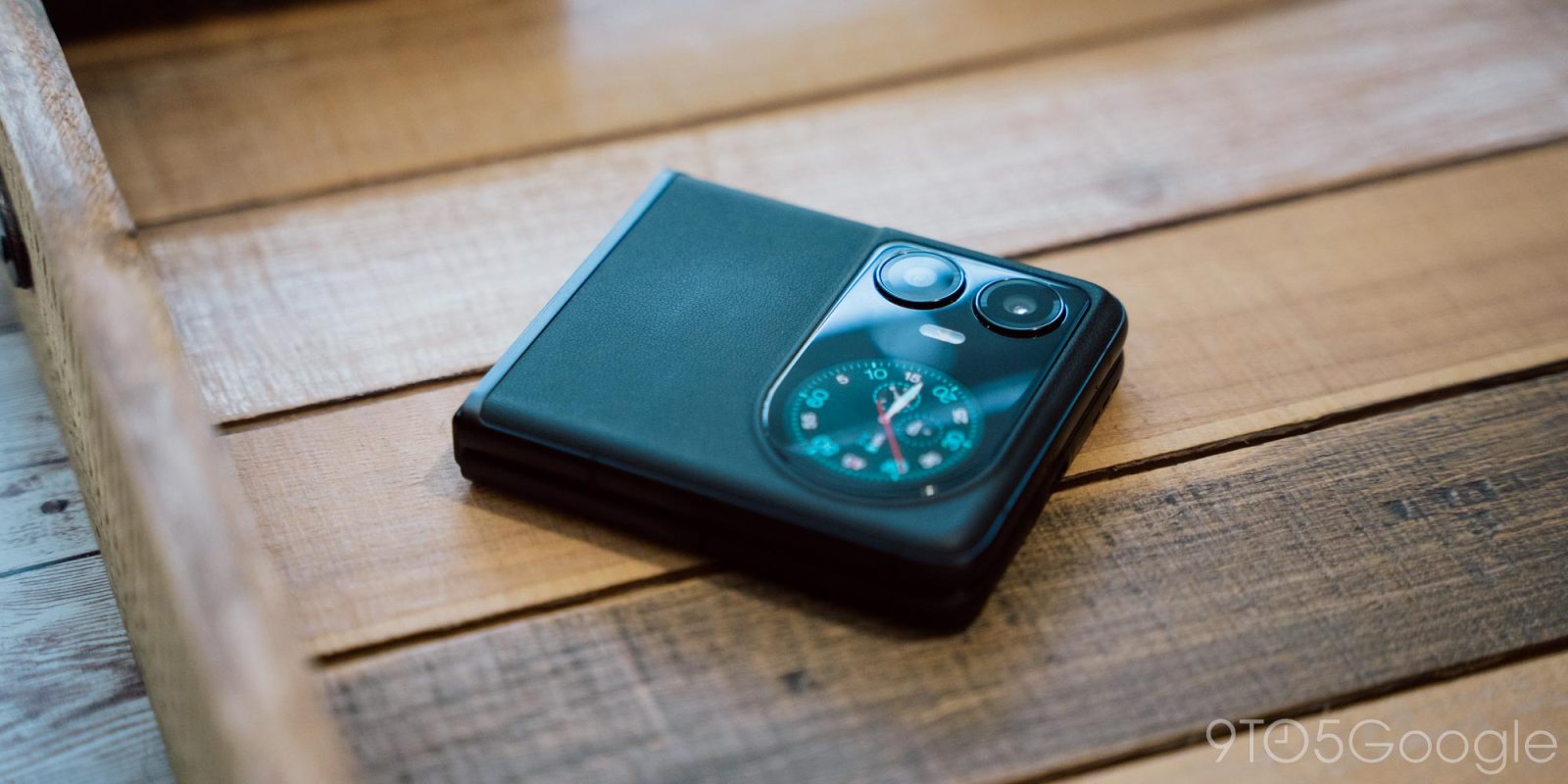
Foldables are becoming more widely available as the technology improves and, inevitably, that brings a wave of more affordable devices. The Blackview Hero 10 was announced earlier this year as one of the first of a wave of cheaper foldables, and I think it answers an important question about foldables.
The Blackview Hero 10 is a flip phone foldable like Samsung’s Galaxy Z Flip and the Motorola Razr. It’s a great form factor, and from a hardware perspective, the Hero 10 is reasonably solid. The metal frame feels strong, and the hinge doesn’t have much side-to-side play as I’ve noticed is somewhat common among cheaper foldables. The textured body is also very grippy and holding the Hero 10 feels really great and, despite a case being included in the box, I didn’t feel like I actually needed it.
But things immediately start to hurt when you actually fold and unfold this device. The hinge is a bit of a disaster, to say the least. It’s far too tight, making it nearly impossible to open and close the Hero 10 one-handed (but at least it can hold its position). If you open it quickly, the hinge sounds almost like grinding metal, and even when you go slowly, it sounds pretty squeaky. That’s not something I’ve ever noticed in a foldable before now.
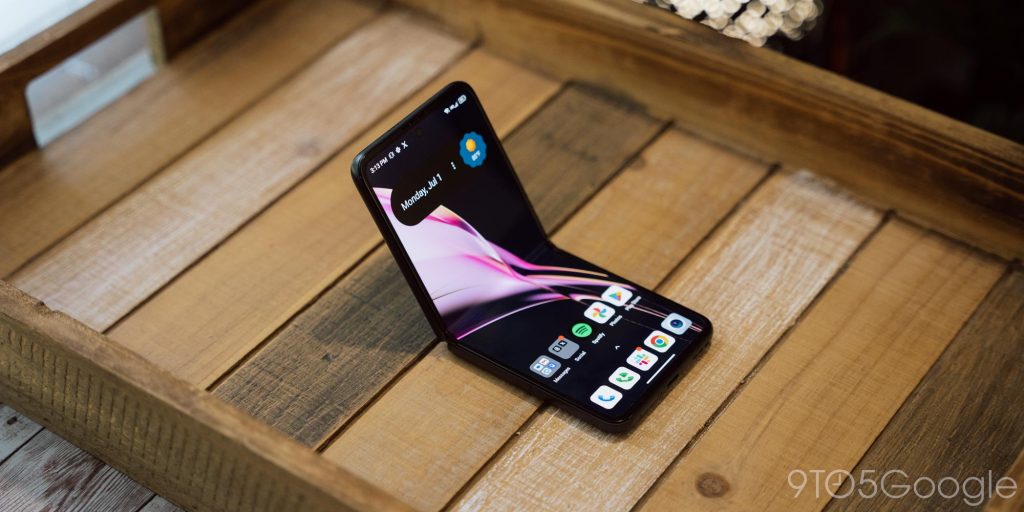
That adds to my main concern, which is how this foldable will fair over time. If the hinge sounds like this now, I genuinely worry what it’ll be like after even a few months of daily use. Foldables, for as far as they’ve come, are also still prone to breaking more easily than a traditional smartphone. And even with this one being so much cheaper than the rest, I’m worried what the warranty and repair options will look like for the units that inevitably break unexpectedly.
With that said, though, I’m rather satisfied with the overall fit and finish of the hardware. Once opened, the display is vibrant and surprisingly bright. The display crease is also fairly minimal, being roughly in line with something like the Motorola Razr. The coating on the display is also pretty solid, and using it feels pretty much like using traditional glass.
The biggest complaint I had about the display was simply that it is a 60Hz panel. While I have nothing against opting for 60Hz as a cost-cutting measure, I don’t think that was needed at this price – more on that to come.
What about the software?
Out of the box, Blackview Hero 10 is powered by Android 13 with the company’s “DokeOS” skin. That skin is reasonably lightweight, but it’s somehow clunky at the same time. Elements like the Quick Settings feel oddly barren, the status bar is unnecessarily filled (from the left side) with Bluetooth and vibration icons, animations are often jarring in any places Blackview made changes, and there are some rough English translations throughout. Blackview promises three years of Android updates, but I wouldn’t hold too much hope that this will get frequent security patches or timely major updates.
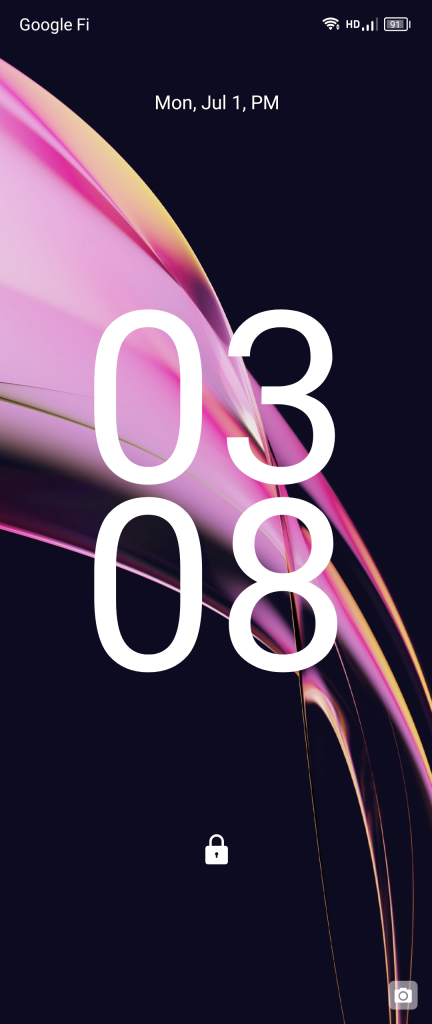
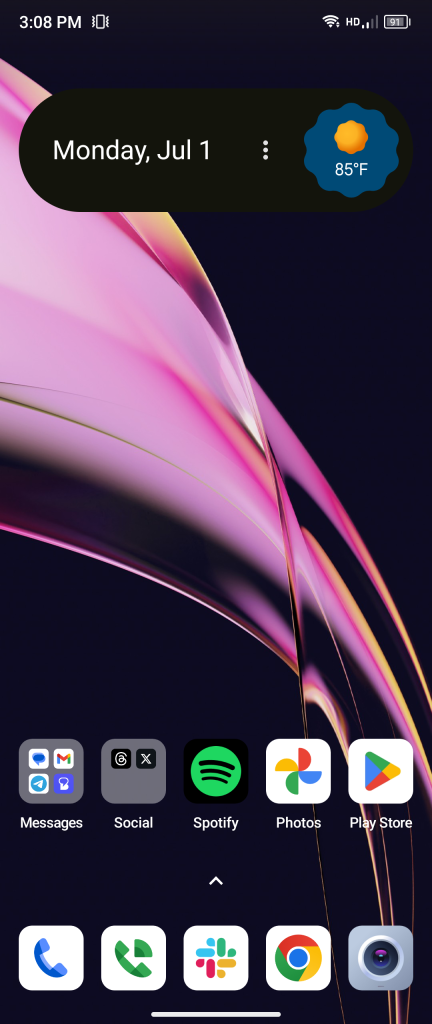


The software experience as a whole is just rough and unpolished. It’s completely usable, but that’s about it. I will say, though, that a portion of the unfinished experience can probably be chalked up to the middling performance. While the Hero 10 has 12GB of RAM (and the ability to triple that by using portions of the 256GB of storage), the MediaTek Helio G99 chip just can’t keep up with anything more than the basics.
As far as battery life goes, it’s respectable for a flip phone. The 4,000 mAh battery is right in line with expectations, but it’s not endurance champion. It’ll be an all-day device if you’re hitting around 3-4 hours of screen time. Charging is quick at up to 45W, but I did notice that standby time isn’t great, as I’d often see a large drop in the battery if I left it off the charger overnight.
Then there are the cameras. The main camera is a 108MP sensor backed up by an 8MP ultrawide. And it’s… fine. In good lighting the camera can shoot a sharp and pleasing picture. In low-light it can quickly get caught up in trouble with motion, but it’s passable. The bigger issue is processing, I feel, as shots just feel like they lack much character. Auto-focus is also not very reliable. The inner selfie camera is the same 32MP sensor that’s been used on so many phones lately. It’s totally passable, but nothing to write home about. One thing I must point out, though, is a software bug that prevented shots from saving properly if I left the camera app too quickly. This didn’t happen every time, but it was enough to where I lost a couple of shots while using the device. Hopefully that’ll be patched out quickly.
What’s missing?
Oh, we still need to talk about the outer display.
On the outside of the Hero 10 there’s a small display mounted next to the cameras. I forgot to talk about it until now, genuinely, because I practically never used it. The small display can show the time and has widgets for weather, media playback, and the camera too (as well as a fitness tile that I disabled). These all work fine, but the functionality on the outer display is incredibly limited. Making for a bigger complaint, the small size makes using this display for notifications a complete non-starter. Blackview upped the density of the information shown on the outer display, but it just makes reading anything more than a few words cumbersome and frustrating.
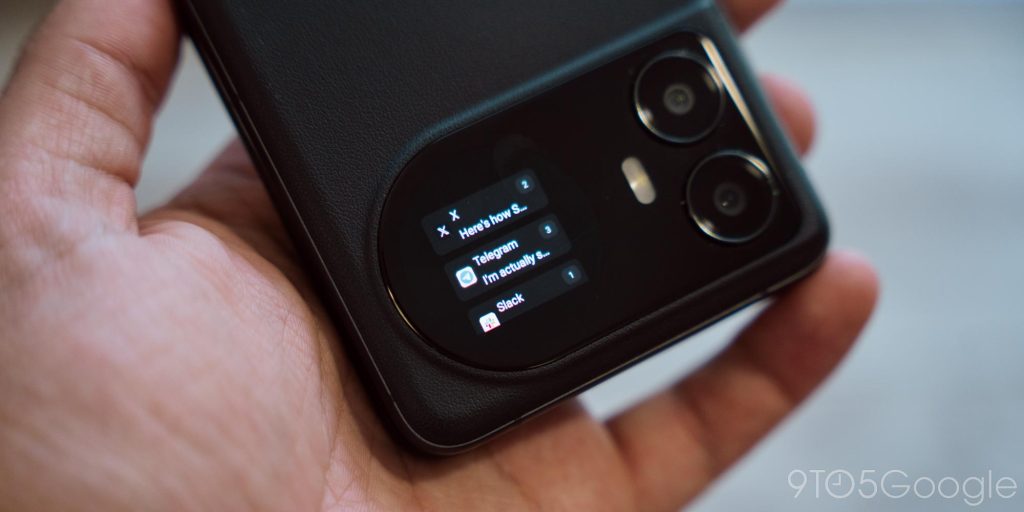
At its core, I think the Blackview Hero 10 is trying to do a good thing. It’s trying to be a super-cheap foldable by cutting corners that, frankly, can be cut, at least for the right customer. But I think this approaches, and to an extent passes, the line of how cheap a foldable can be today. The worrisome hinge alone gives me reason to pause.
Even looking from a sheer value perspective, the Hero 10 seems dubious at best. I think there are better options out there, like the Motorola Razr. The Razr is more powerful, has a better track record of support (both hardware and software), and has a more functional device with its 2024 release that includes full-size cover display. That device, which we went hands-on with in June, costs $699. That’s the same price Blackview wants for the Hero 10. Now, that comes with the caveat that Blackview runs sales pretty much permanently. At the time we’re posting this review, the Hero 10 has an Amazon coupon for $120 off, taking the price down to $580. That’s a much better deal, but, honestly, I’d still go for the Razr, which was easily found for $499 through the past several months.
If the Blackview Hero 10 was $499 all of the time, I’d say it’s a fitting price. The flaws wouldn’t stand out so much. But when you’re priced the same as something as polished as the Motorola Razr, it’s a high bar to meet. The Hero 10 simply doesn’t.
But, even then, I’m not sure a $499 foldable should even exist just yet. Foldables are still not perfect. They’re still a little too unpredictably fragile, and a little too hard to repair too. I’m just not sure that, in 2024, we’re ready for a foldable to be this cheap. Whether we like it or not, though, this device is helping to usher in a new wave of foldables that are far less expensive than they’ve ever been, and I’m certainly curious to see where that goes.
Blackview has also offered up a discount code for 9to5Google readers. Use “JAQKA6WA” at checkout to take the price down to $558 (this can’t be combined with the on-page coupon, though).
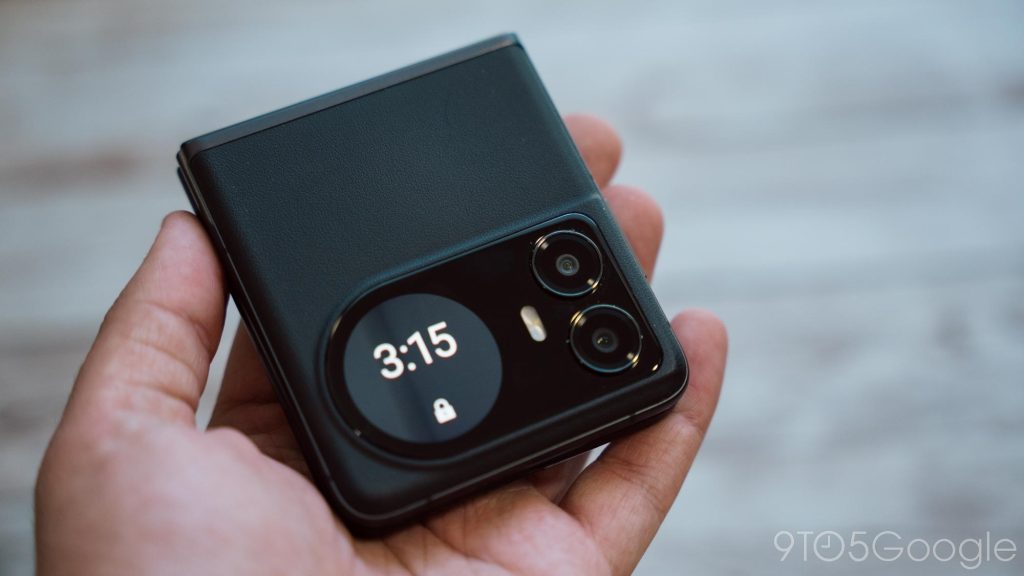
FTC: We use income earning auto affiliate links. More.
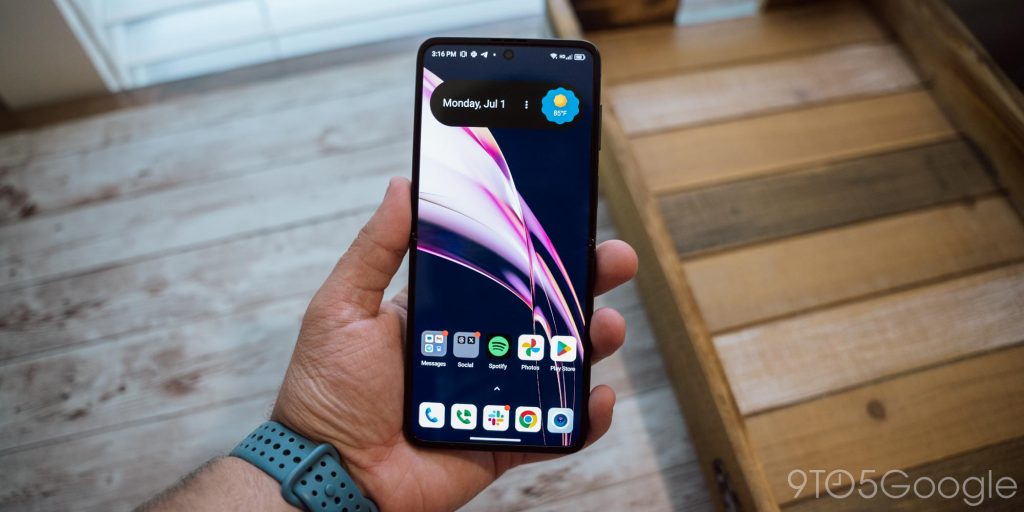
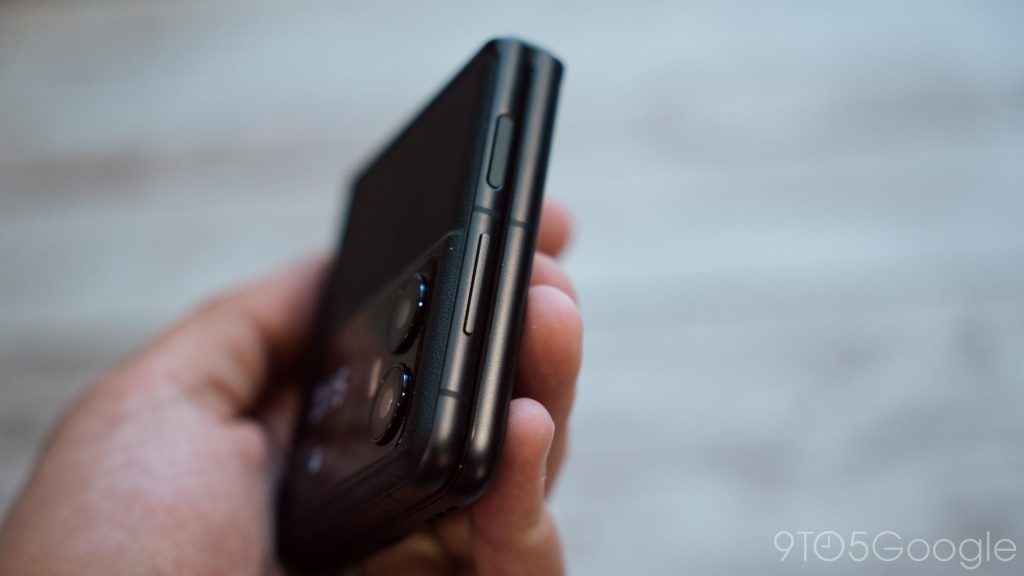

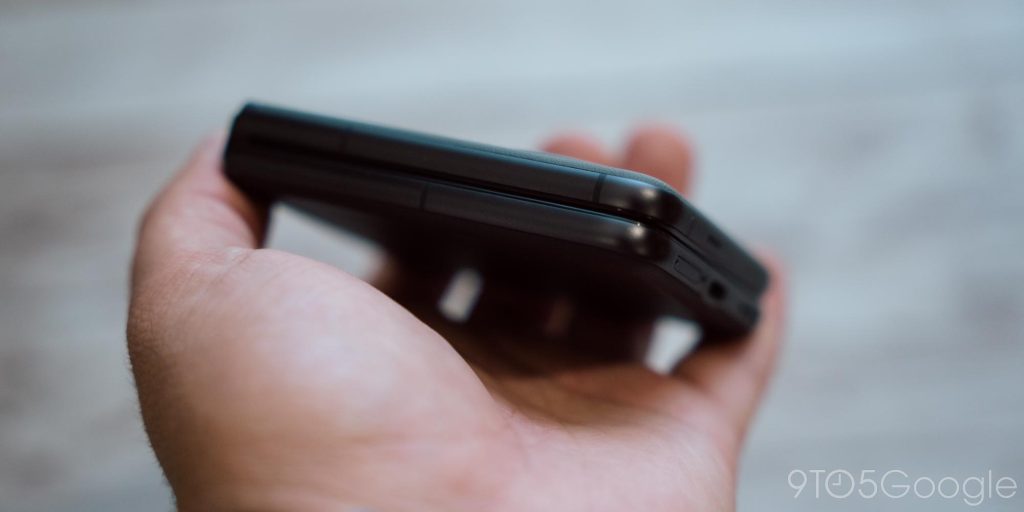



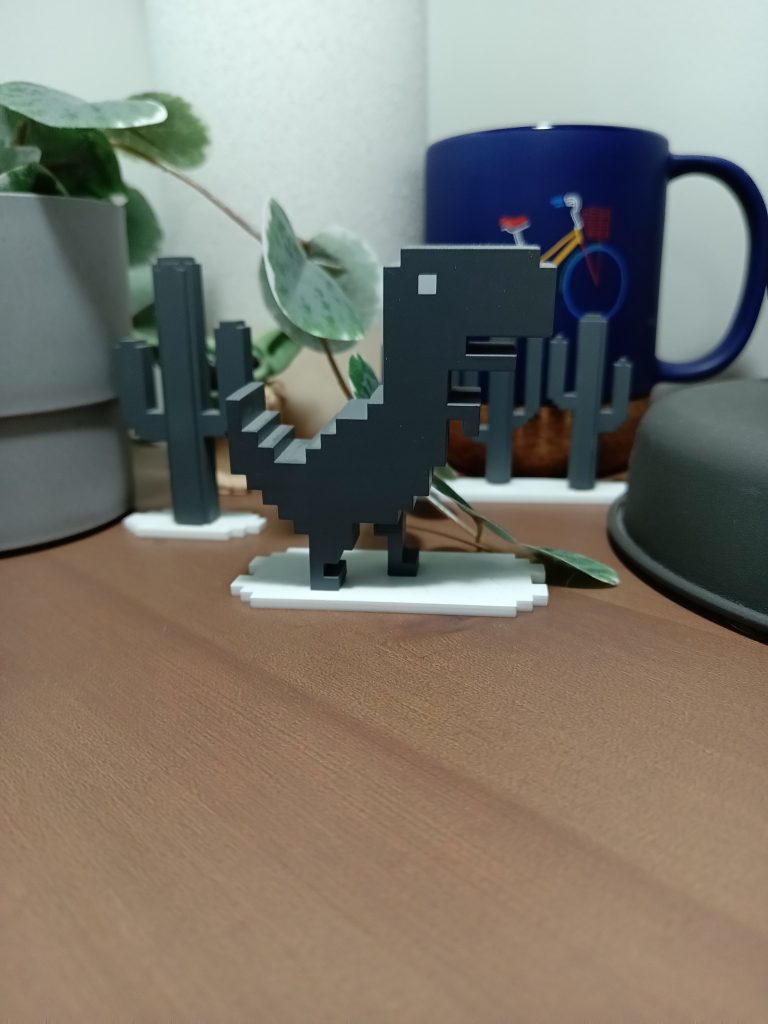




Comments